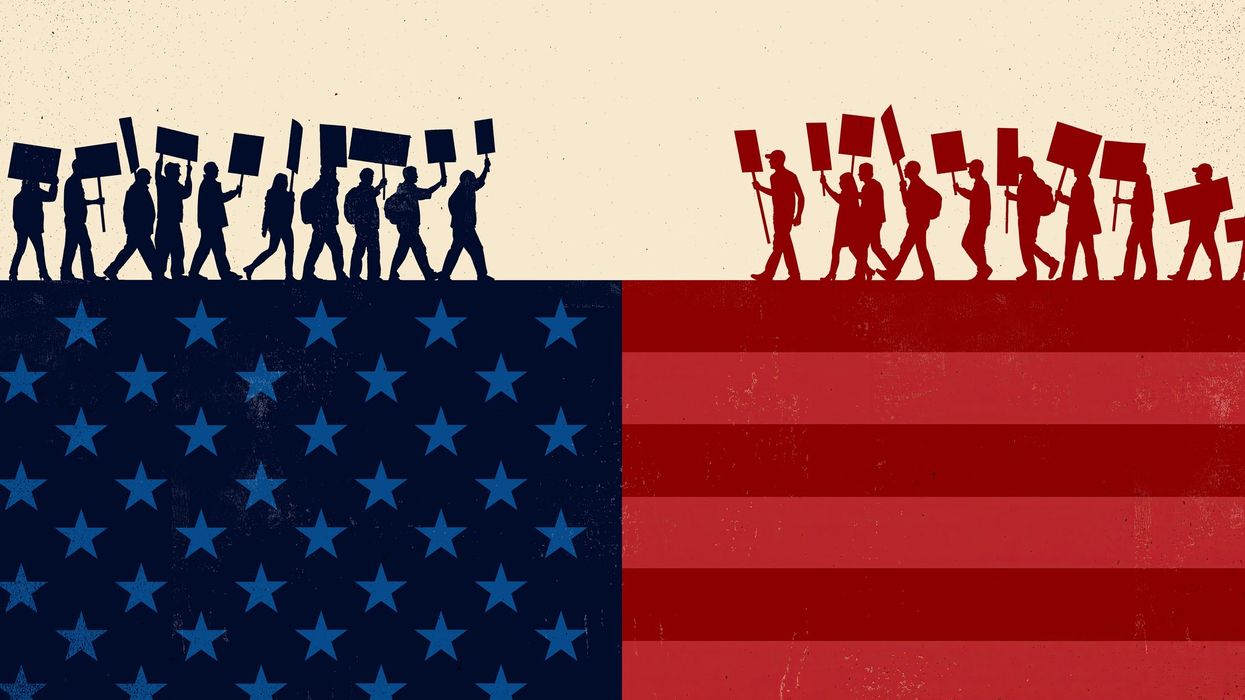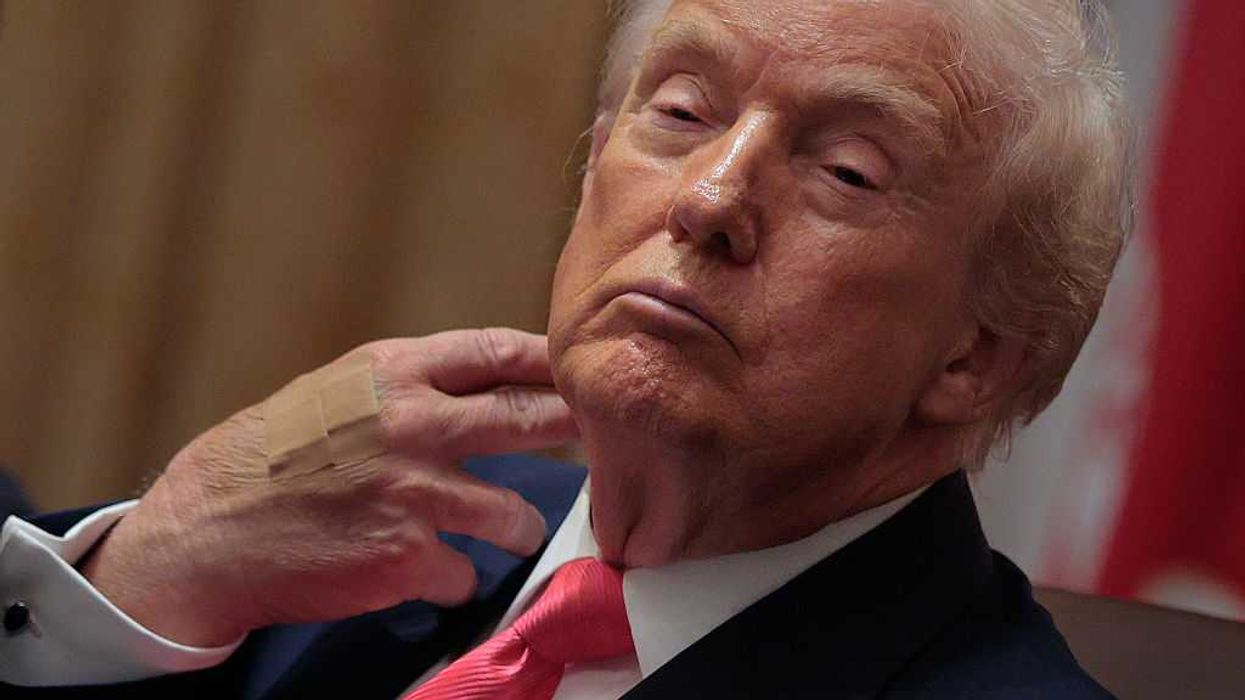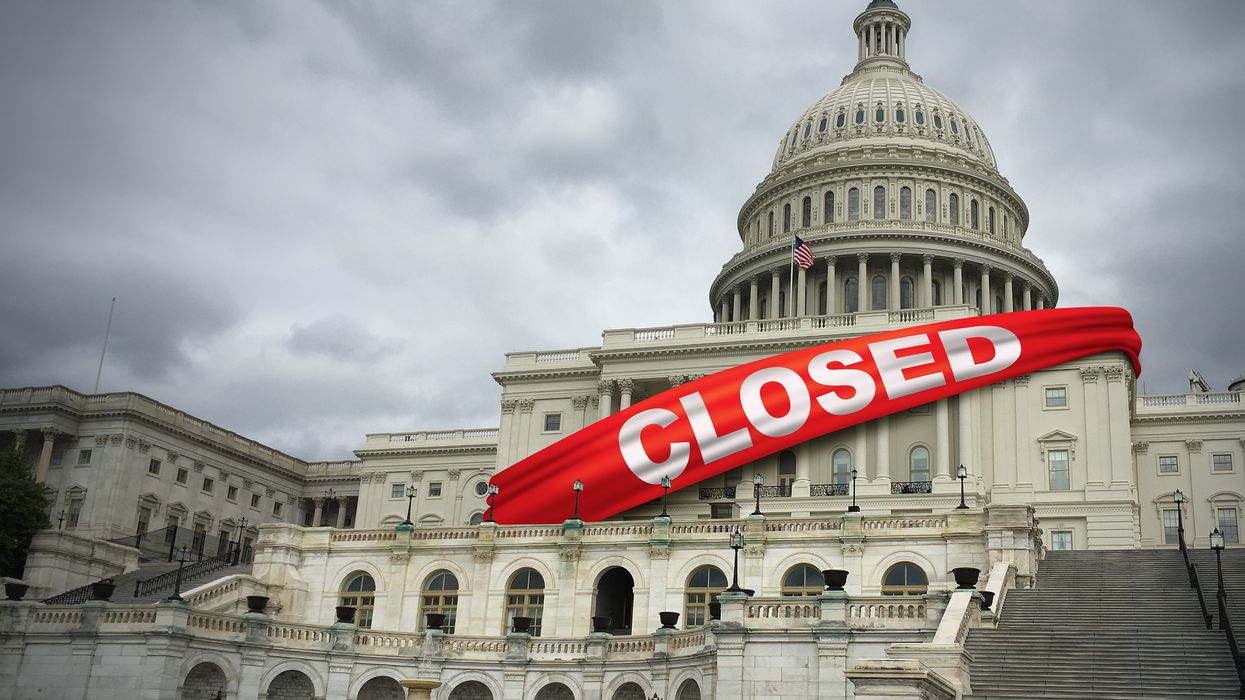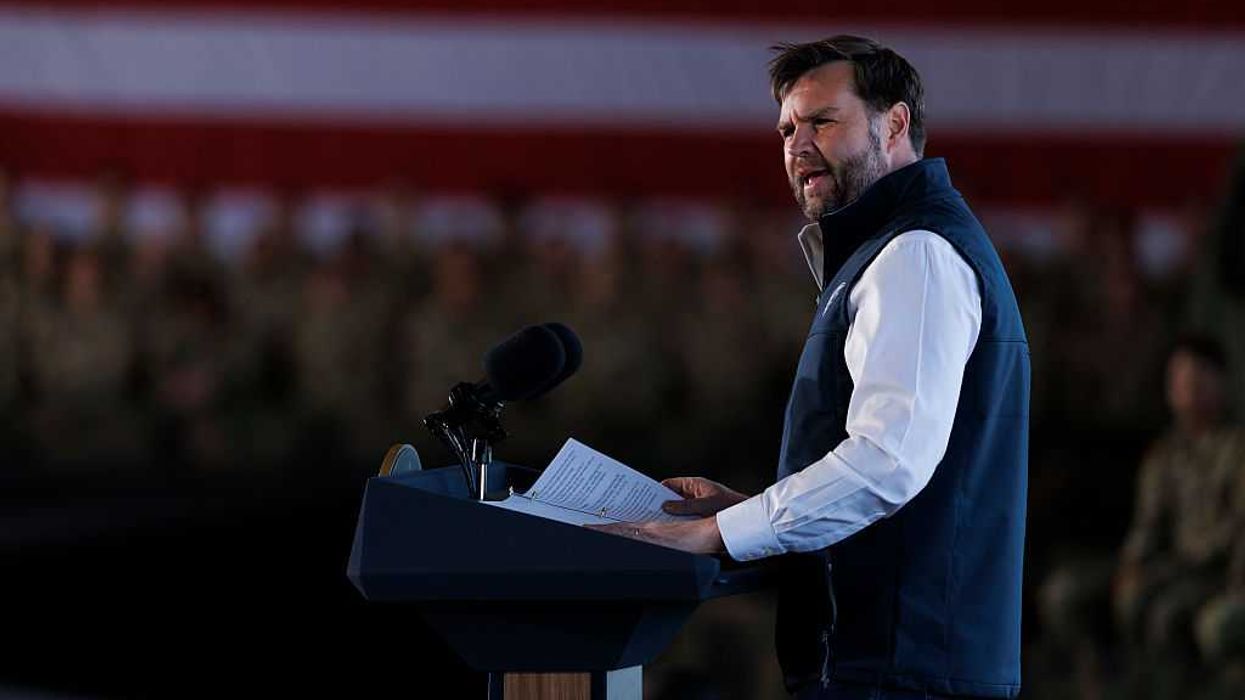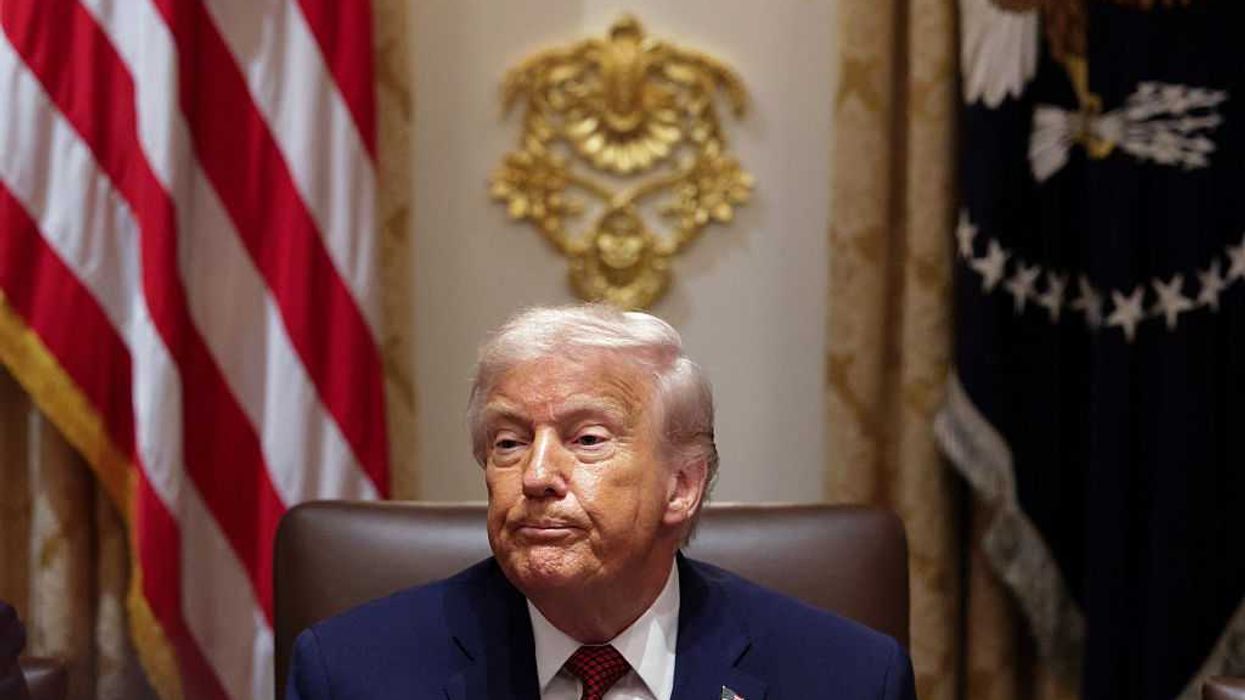Ineffective communication between members of Congress and their constituents has led to a breakdown in trust in government and democratic institutions, a recent report found.
Lawmakers are inundated with constituent messages every day, but they lack the resources and training for how to respond effectively. As a result, most Americans do not feel heard by their representatives and have become disillusioned with politics, according to the Congressional Management Foundation's latest report, "The Future of Citizen Engagement: Rebuilding the Democratic Dialogue."
The 48-page report, released Wednesday, analyzes these communication problems and offers guidance for how to improve engagement between representatives and constituents.
Congress' approach to communicating with the public is stuck in the 1970s, said Bradford Fitch, president and CEO of CMF.
"Few offices are rethinking their engagement with constituents to facilitate inclusive opportunities to invite constituents to contribute substantively to public policy," he said. "Congress needs to change its thinking and goals — engage in a paradigm shift from just 'answering the mail' to building trust in our democratic institutions."
One of the main factors contributing to this issue is the fact that members of Congress receive more communications from constituents now than ever before, but they lack the staff and budget to keep up with it.
While House members are allowed to have up to 18 staff members, most have fewer because their budgets of $1.5 million cannot support 18 salaries. (Not to mention the low pay many congressional staffers receive due to these budget constraints, although Speaker Nancy Pelosi recently raised the cap on staff salaries and Democrats have proposed a corresponding budget increase to make that possible.) Senators do not have limits on the number of staffers they can employ, but most have between 35 and 70, depending on their budget.
And over the years, the number of constituents each lawmaker represents has grown significantly. As of 2020, each House member had an average of 761,000 constituents — three times the amount when the number of representatives was frozen at 435 during the Taft administration. Additionally, Senators represent as little as 580,000 citizens (in the least populous state, Wyoming) to as many as 40 million people (California).
Recent technological innovations have contributed to the increase in messages lawmakers receive. However, Congress has been slow to embrace new technology, and the tools representatives do use often turn contact from constituents into data points, rather than substantive engagements.
As a result, everyday citizens do not feel heard by Congress, nor do they believe the government is working in their best interest. Nine in 10 Americans believe the government is run by a few big interests looking out for themselves, rather than for the benefit of all people. By comparison, in the 1960s, two-thirds of Americans felt the government was run for the benefit of all people.
Trust in government has also declined since the 1960s, when three-quarters of people said they trusted the government to do what's right "just about always or most of the time." In 2018, less than one-fifth of Americans said the same.
"Practices by both the public and Congress have led to the relationship between Congress and the People being viewed as purely transactional, not the robust, substantive democratic engagement envisioned for a modern democratic republic," the report says.
To help rebuild a foundation for effective communication between members of Congress and their constituents, CMF recommends following these 10 principles:
- Congressional engagement should foster trust in members, Congress and democracy.
- Congress should robustly embrace and facilitate Americans' First Amendment rights.
- Congress must robustly collect, aggregate and analyze meaningful knowledge from diverse sources.
- Senators and representatives should strive to engage with a diverse sample of their constituents, not just those who vote for them or seek to influence them.
- Congress should provide additional and diverse avenues for public participation.
- Congressional engagement should promote accessibility for all.
- While individual members should prioritize engagement with their own constituents, Congress should develop additional venues for public policy participation and engagement.
- Constituents should be honest and transparent in their engagement with Congress.
- Constituent advocacy must prioritize content and quality over medium and quantity.
- Input from the public should be integrated with other sources of information for Congress to make good public policy decisions.






